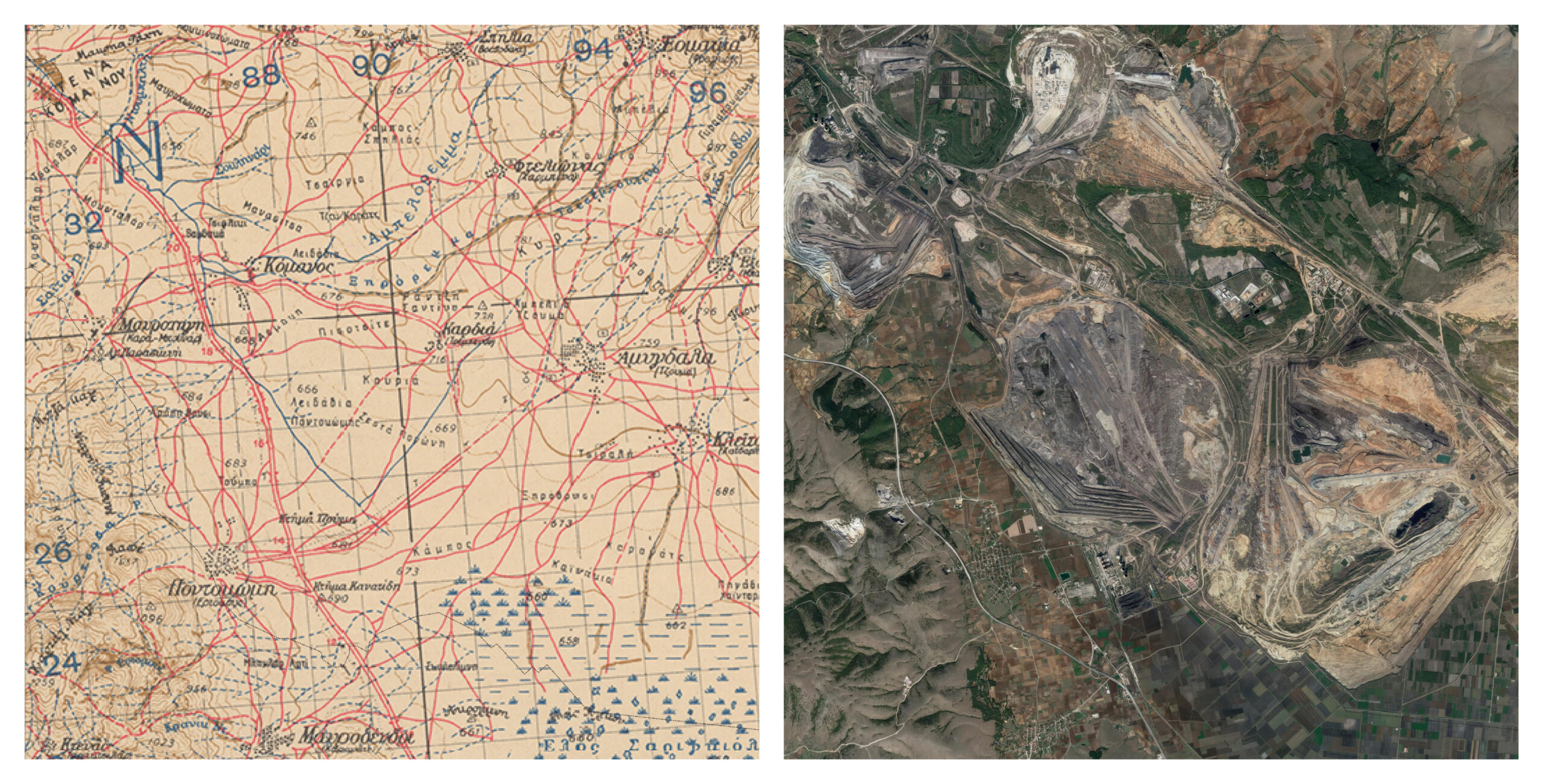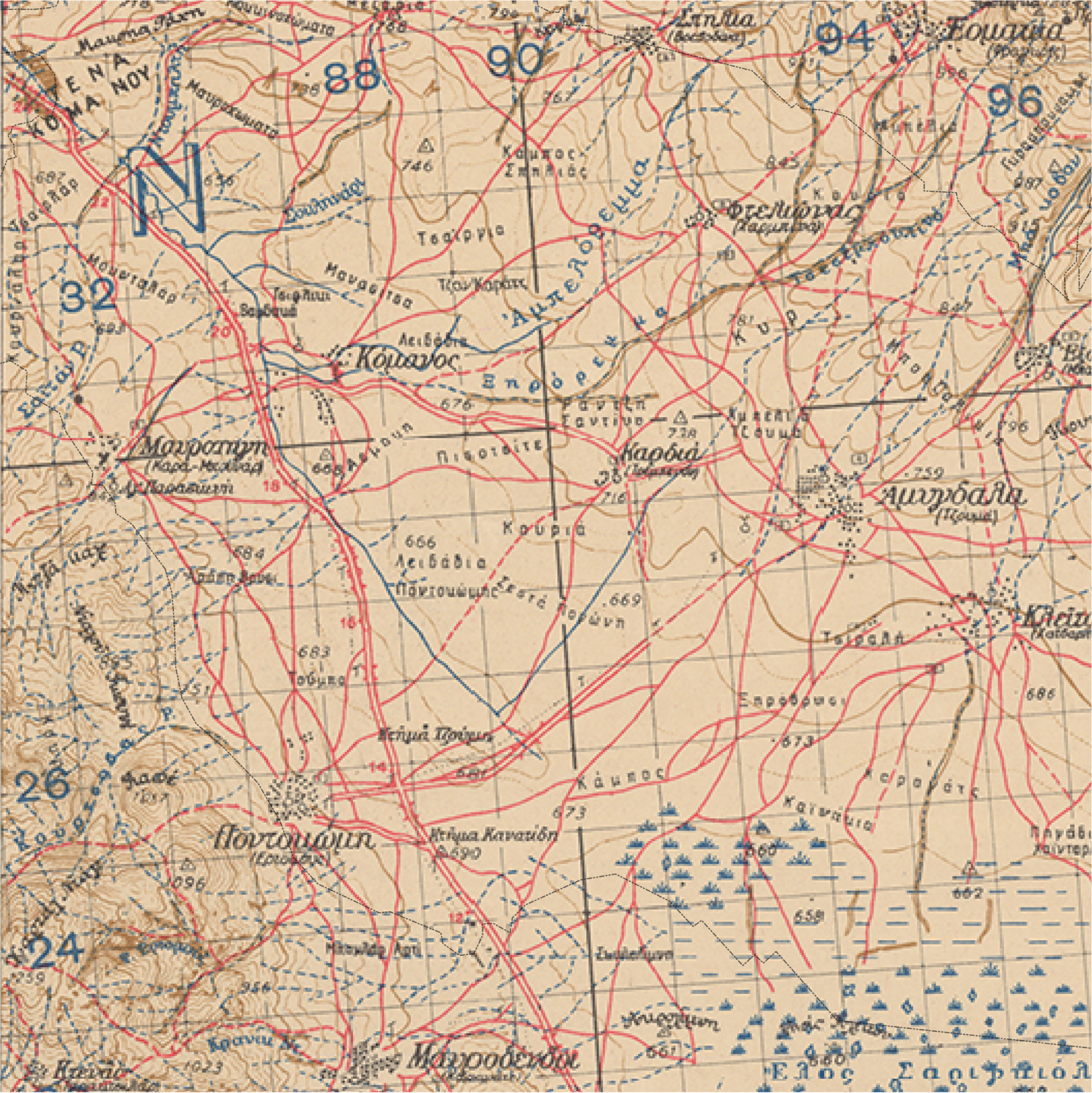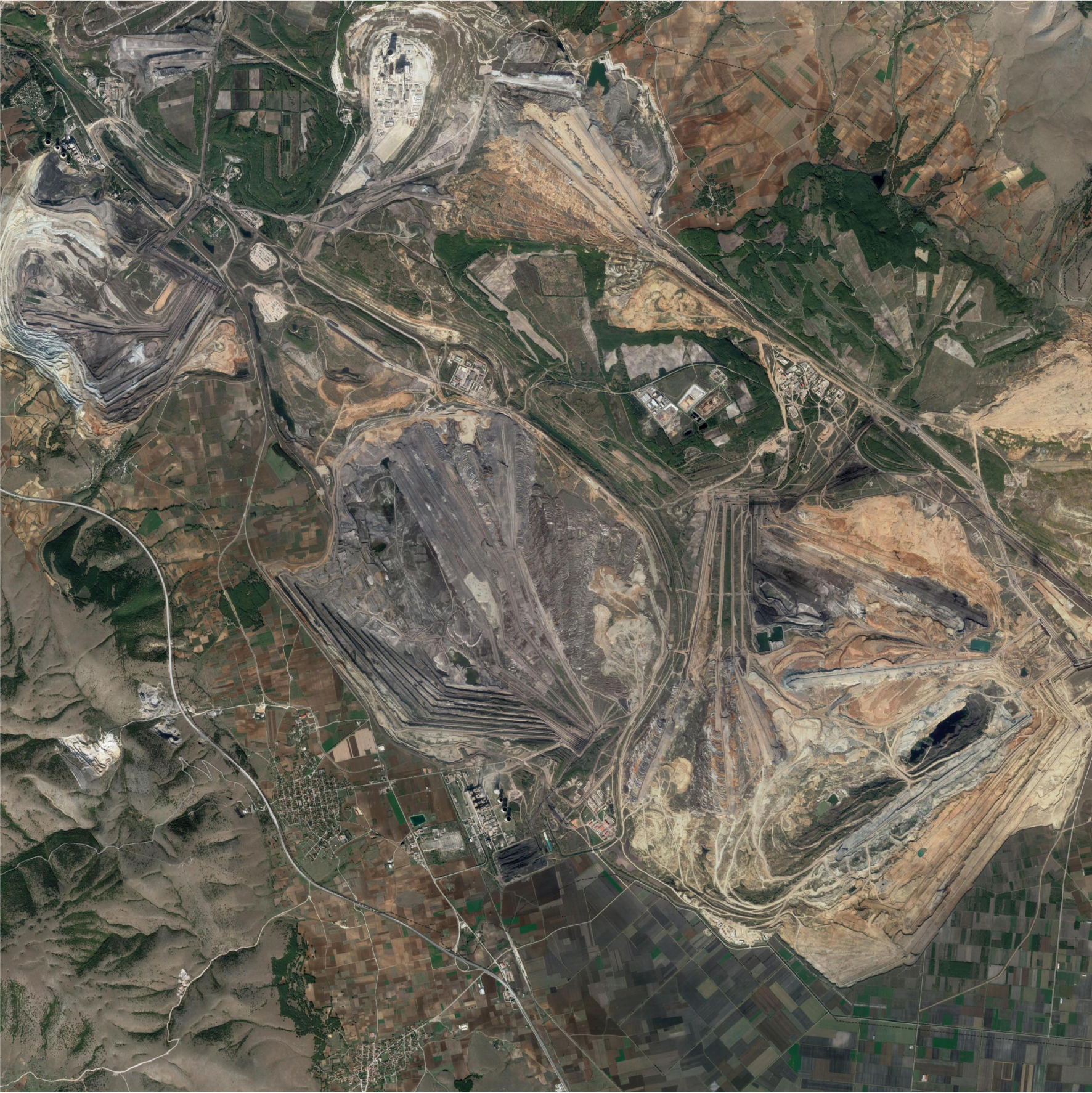150 YEARS
Western Macedonia is, within the temporality of 150 years, above all the place of various cultural and sociological identities. Regardless of nationality, it has always been strongly linked with Thessaloniki, since the city has been a main centre of administration for both the Ottomans and the Greeks. At the time of the Ottomans, however, the region was characterized by independence and greater importance. Comparable to the general trend of West Macedonia, the production in the area of Ptolemaida was largely oriented toward agriculture. It is also an area of displacement as it has witnessed a radical shift of power following the Greco-Turkish War. The takeover of the territories of West Macedonia by Greece, as well as the exchange of populations ordered by the Lausanne Treaty, gave another identity to all villages and areas. As a result, the mosaic of different cultures and languages dramatically decreased. For both Greek and Ottoman communities, the population exchange had traumatic psychological effects, distorting memories and growing old in different places.[22] The aftermath of the displacement is still visible in villages surrounding the Ptolemaida mine. Each place has two identities with separate names, histories, and places of worship.



